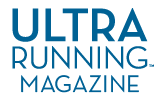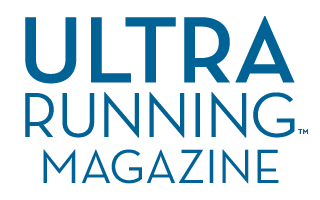My daughter is an avid fan of the mega pop star Taylor Swift. Her most devoted fans are more commonly defined as “Swifties” and continue to support her sold-out shows around the globe. I’ve enjoyed watching her dive into each of Swift’s 13 albums, which is also how Swift orchestrated her most recent “Eras” blockbuster concert tour. Each “era” is dedicated to an album from her vast collection of work. It got me thinking about the eras in UltraRunning Magazine.
While a lot has changed, there is so much that remains the same.
1980s
Era Looking back to the early 1980s, ultrarunners were a small but dedicated group, somewhat reminiscent of the lesser known but hardcore early punk rock scene, with athletes like David Horton, Dink Taylor, Tim Tweitmeyer and Ann Trason. UltraRunning Magazine could include the results of approximately 25 races in a 48-page, black-and-white issue, and still have room for a few feature articles and a printed race calendar.
1990s
UltraRunning sold for $3.50 per issue and by 1998, the number of races with results in the magazine totaled around 30. Names like Jeff Kozak started appearing in results, while Errol “Rocket” Jones, Nick Marshall and Luanne Park were also commonly in print in UR. The page count had grown to 72, and the race calendar in the back was a whopping 10 pages long, divided by region. The number of races was growing, and so was the sport.
2000s
By September of 2007, the magazine had printed its first full-color cover which was graced by Scott Jurek. There were around 50 race reports and results combined within the pages of one issue of UltraRunning. Names like Jurek, Hal Koerner, Nikki Kimball and Anton Krupicka were becoming well-known. The race calendar was condensed to eight pages (the number of pages varied by issue), but the magazine's page count had grown to 96.
2010s
Era By the late 2010s, UltraRunning had changed its format to accommodate more columnists and color photography, reducing the overwhelming amount of race results and reports to an average of 10 races per issue. There were more advertisements, but the quality of race photography began to improve ten-fold. Photographers were capturing more images of runners experiencing extraordinary scenery, intense pain and jubilant elation over long miles, and UltraRunning had the space to print them. The race calendar was no longer (RIP), and the page count was beautifully filled at 80 pages.
2020s
Era We are still in the midst of this era, and while a lot has changed, there is so much that remains the same. UltraRunning continues to print race results and reports in each issue, along with a wealth of advice and knowledge from our amazing columnists and a growing list of photographers who capture images of the very essence of our sport. UltraRunning’s focus remains the same: to help grow the sport while preserving its unique culture.
In this issue, our columnists look back at different eras in ultrarunning. Gary Dudney takes us back to the early days on page 18. Jared Beasley writes about the competition at Old Dominion in the 1980s on page 69. And Ellie Greenwood reminisces about a popular international race that could have made a bigger name for itself had it continued, on page 12.
Just like a defiant teenager, ultrarunning continues to grow into its own with push-and-pull moments that make us feel like nothing will ever be the same, year after year. However, all of that evaporates when race day arrives and the horn blows at the start, volunteers take action, our feet begin to move and the community becomes whole once again.



